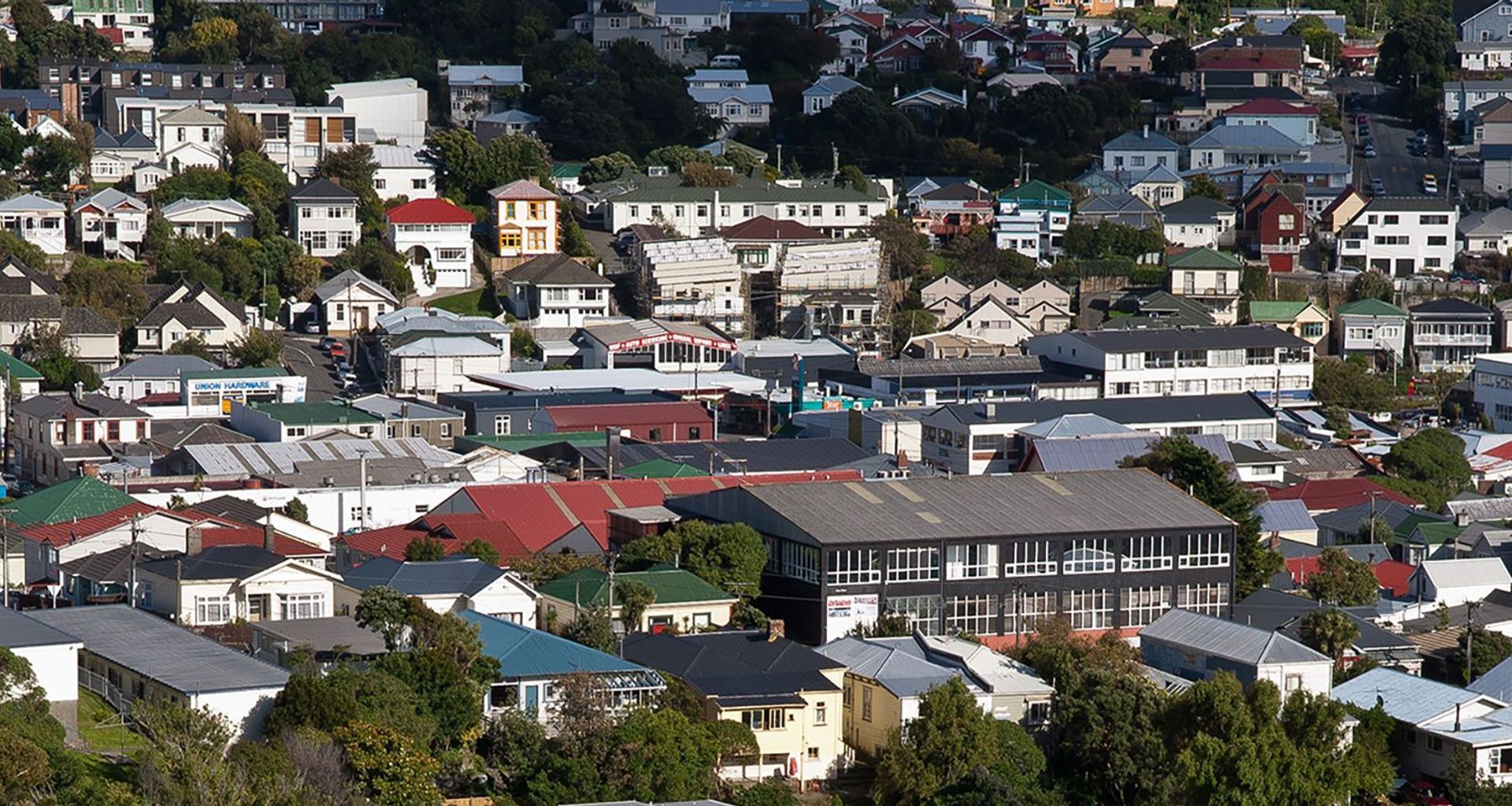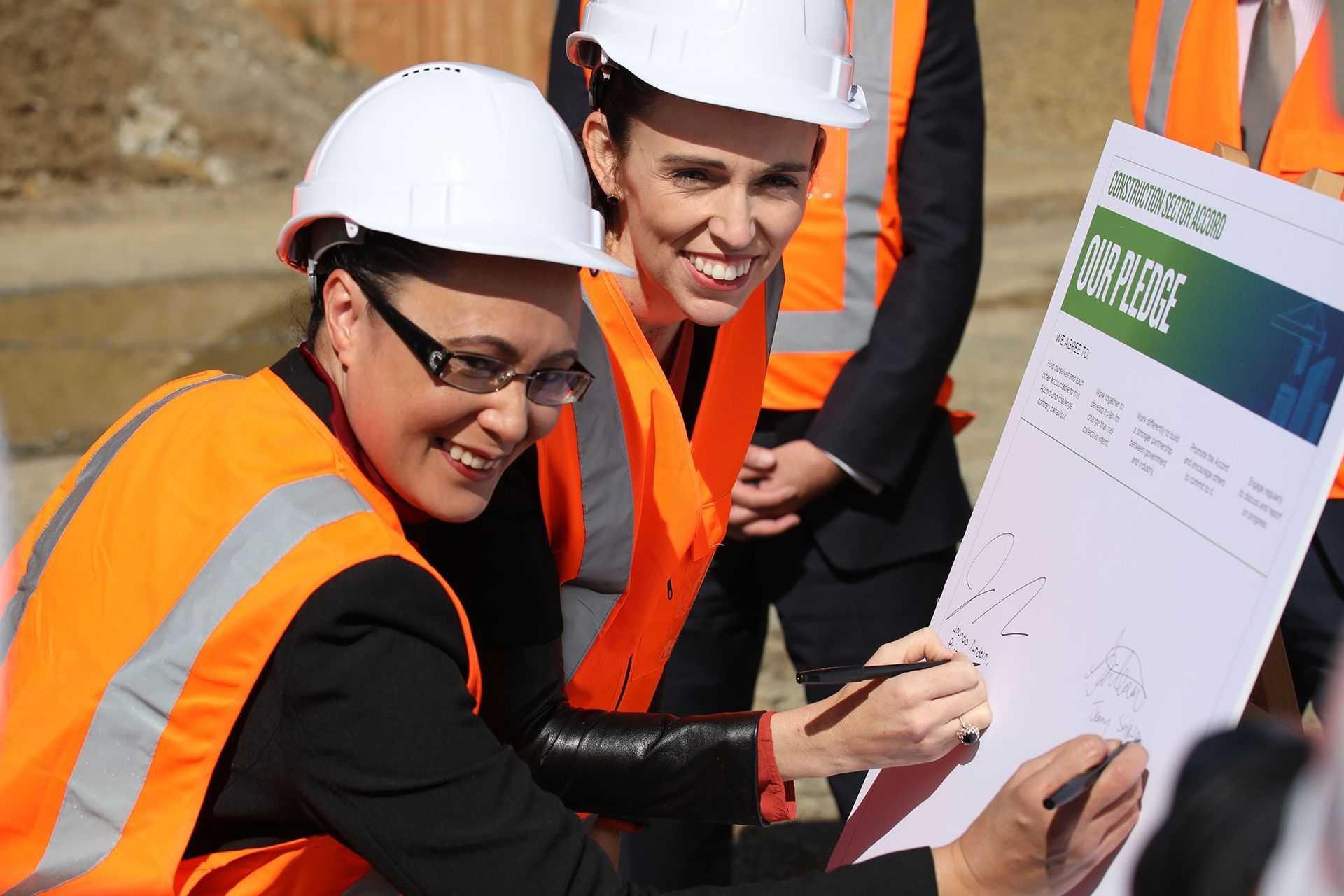Tackling the pressing issues facing the built environment
Written by
15 October 2019
•
6 min read

ArchiPro asked the Hon. Jenny Salesa, Minister for Building and Construction, to discuss the Governments plans to tackle pressing issues related to building in New Zealand, including sustainability, the current skills shortage in the construction industry, the high cost of materials and how we achieve better quality housing.
ArchiPro: What are the Government’s plans with its recent pledge to invest more than $40 billion in capital and infrastructure over the next five years?
Hon Jenny Salesa: The building and construction sector is New Zealand’s fourth largest employer, accounting for nearly 10 per cent of our workforce. It’s our fifth largest industry by GDP contribution. Construction is one of eight industries forecast for higher than average annual growth to 2026.
The Construction Skills Action Plan was launched in October 2018 and has six separate initiatives that work as a package. It will result in up to 4,000 additional people pursuing construction-related careers and qualifications (including apprenticeships) over three years. Five of the six initiatives have been implemented since the launch of the Action Plan, with the remaining one, new Government Rules of Procurement, coming into effect on 1 October. It is a mobilising Action Plan and will only get us part of the way to addressing the skills shortages.
MBIE is working to better understand the shape of New Zealand’s future workforce, and this understanding will enable the Government and the sector to respond to the capacity and skills requirements of the evolving construction workforce and modern methods of construction.
There will be further action plans to ensure we build the skills New Zealand needs for the future. Government alone cannot solve this issue and the sector also needs to step up and contribute. The Government and the sector have launched the Construction Sector Accord, which represents a significant opportunity to create a partnership which makes real change in the construction sector.
What should New Zealand be doing to improve our construction of buildings and its impacts on the environment, particularly how the industry and consumers can build more sustainably – such as reducing building waste and energy use, and using more local and eco/ethical materials and practices.
I want to think both about our current energy efficiency settings and, more broadly, about the role the building regulatory system needs to play in helping us get where we need to be by 2050. This includes considering both the possible co-benefits of any changes, like lower energy costs, and the possible unintended consequences. In particular, we need to be careful about possible up-front costs at a time when many are struggling with housing affordability.
We also need to look at how the built environment needs to adapt to face the risks posed by a changing climate, and what role the building regulatory system could play in responding to these risks. It is important that we learn from other jurisdictions while taking into account what could work best for New Zealand, so I have directed officials to provide me with balanced advice.
The high cost of materials in New Zealand seems prohibitive to building more sustainably, yet the more people buy sustainable products, the cheaper they will become. For example, we spoke with one manufacturer of plastic products who currently imports virgin plastic beads from overseas because there isn’t a high-quality recycled supply that is commercially viable to use. Do we need more incentives and better processes in place to encourage the industry and consumers to choose sustainable options over resource-depleting products and processes? Is this a priority for government?
We know we need to move as quickly as we can, and there are areas where we already know we need to do better. For example, I’m looking into bringing some of our energy efficiency settings closer to international best practice, and officials have found some areas where the performance settings for buildings may not reflect the likely future climate conditions.
Officials are also working with other agencies to ensure alignment with work in other areas. This includes linking in with the work being led by the Ministry for the Environment under the Minister for Climate Change, and participating in the cross-agency Community Resilience Working Group.


Even though New Zealand is considered ‘clean and green’, we’re not on most of the ‘top 20’ greenest cities or countries in the world surveys. Many Scandinavian countries, and cities like Vancouver, have pledged to be the greenest in the world, implementing strong policies at government and council level to reduce emissions, waste, energy consumption, and so on, and, if we do feature on these lists, it’s mainly because of hydro and geothermal power. Places like Vancouver incentivise builders and developers to adopt sustainable practices and processes like Passive House, Living Building Challenge, Green Star and Homestar equivalents. With ‘green’ as part of our identity, why has New Zealand fallen so behind? Do you think we should adopt stronger policies to protect our environment and to support our treaty obligations in the spirit of kaitiakitanga?
Buildings contribute to, and are impacted by, climate change. If we consider the full life cycle of buildings, the built environment contributes to New Zealand’s carbon footprint. The main sources of emissions from buildings are the manufacture of products used in the building (such as concrete and steel), and the energy used over the building’s lifetime.
The system for regulating building work, which includes the Building Code, plays a role in shaping how new buildings will perform. I have asked MBIE to
look at what the building regulatory system can do to support the Government’s climate change objectives. MBIE has also seconded someone from New Zealand Green Building Council to assist with this work.
Most architects and architectural designers are intent on creating high-quality designs, however most of our built environment isn’t being designed by professionals with ‘high quality’ and longevity at the forefront. If buildings exist on our landscape, often for more than 100 years, shouldn’t there be a stricter level of quality required as part of the resource consent process that takes into account quality, longevity and sustainability?
The role of the Building Act 2004 is to set minimum performance requirements to ensure buildings are safe, healthy and durable for everyone who uses them. It is currently focused on building durability of 50 years, and takes into account the external environment that may affect the building. As it focuses on settings that support a minimum performance only, buildings, designers and owners are encouraged to think about building performance that goes beyond the minimum and considers the overall context of the building, the environment it is in, and the way people and community will use it – for the intended length of the building’s life.